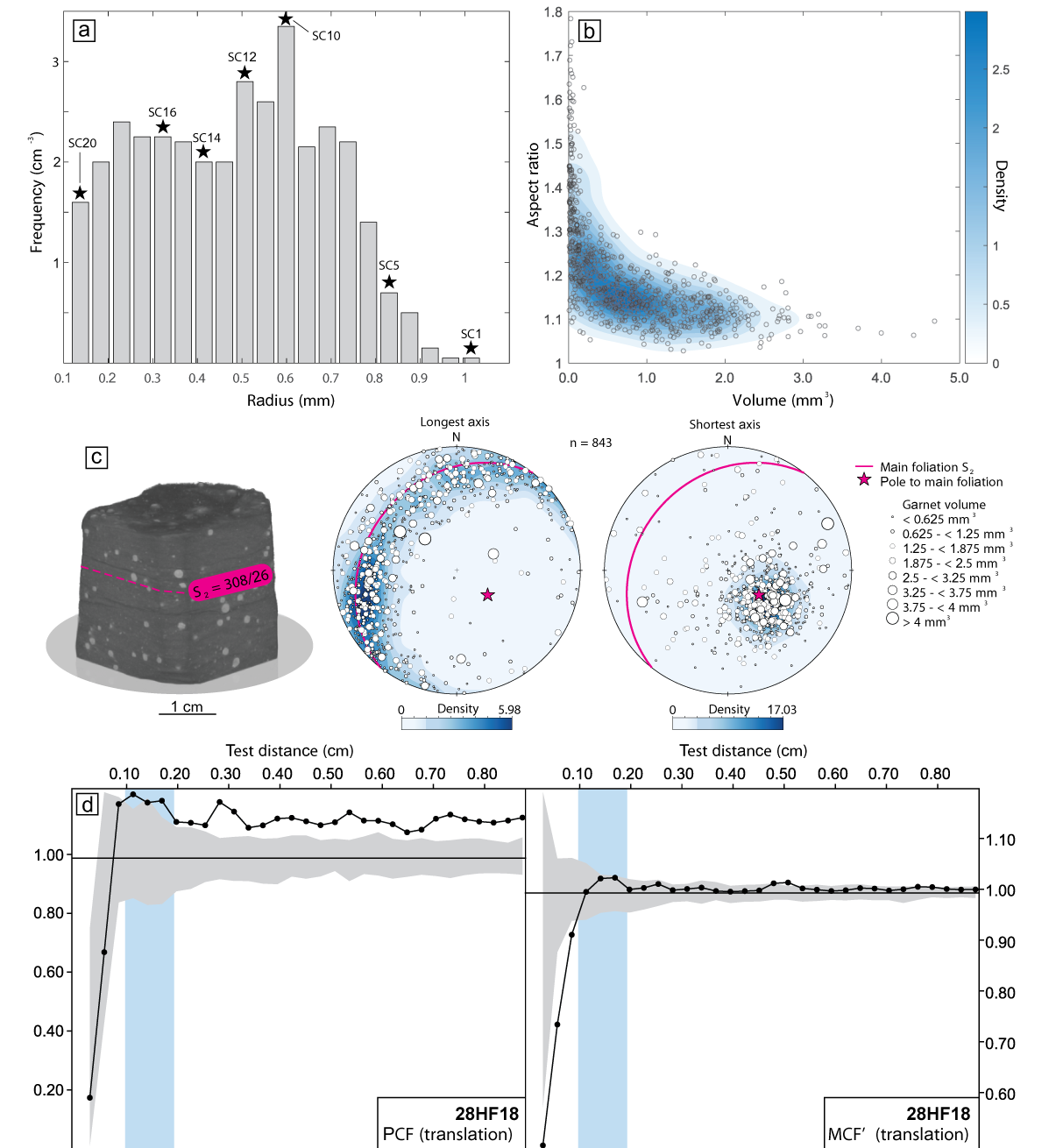In this work, Zhen investigates the microstructure and chemical composition of a garnet population in a metapelite from the kyanite zone of the Danba dome to assess the equilibration length scales of major, minor, and trace elements in the intergranular medium (IGM) during garnet crystallization. Using X-ray µCT, EPMA and LA-ICP-MS, Zhen demonstrates that the IGM can be considered homogeneous with regards to the distributions of Li, Na, Sc, Y, Dy, and Ho over distances of more than 4 cm. Systematic trends in the distributions of Er, Tm, Yb, and Lu developed at distances of ca. 1 indicate the influences of their relative atomic masses on the length scales of their diffusion in the IGM. The patterns developed in the distributions of Cr and Zr indicate their negligible transport in the IGM.
Li ZMG, Gaidies F, Chen Y-C, Wu C-M (2025). Probing chemical transport through a rock using a porphyroblast population: Insights from the distributions of major, minor, and trace elements in garnet from the Danba dome (SW China). Chemical Geology:122741 doi:https://doi.org/10.1016/j.chemgeo.2025.122741



